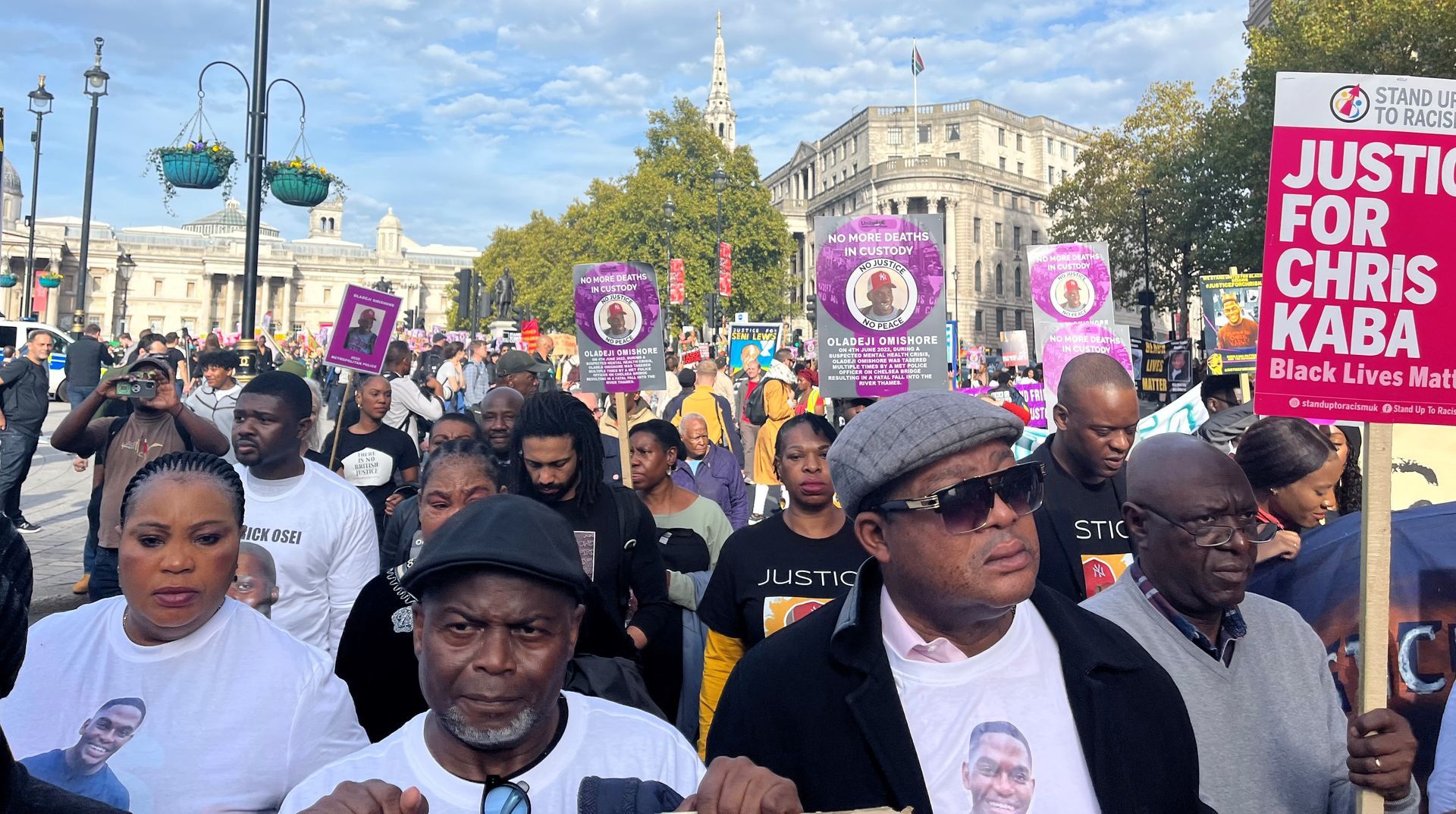The firing squad’s return is a defeat for death penalty supporters
source: The Guardian
published: 15 April 2025
Image Credit: Pexels/Duda at www.pexels.com
South Carolina executed Mikal Mahdi by firing squad on 11 April. Mahdi had been convicted and sentenced for the 2004 killing of an off-duty law enforcement officer.
One month before his execution, South Carolina put Brad Sigmon to death using the same method. He was the first person since 2010 to be killed by the firing squad. Both Mahdi and Sigmon chose the firing squad from a menu of three ways to die, the others being lethal injection and the electric chair.
Five days after Sigmon’s execution, Idaho became the first state in the country to make the firing squad its primary method for putting people to death. It is one of five states, along with Mississippi, Oklahoma, South Carolina and Utah, where it is an authorized execution method.
These developments suggest that death by firing squad is gradually returning to the capital punishment landscape in this country. But as Sigmon’s lawyer, after witnessing his execution, remarked: “It is unfathomable that, in 2025, South Carolina [or any other state] would execute one of its citizens in this bloody spectacle.”
But whether unfathomable or not, the return of the firing squad is, at best, a mixed blessing for death penalty supporters.
On the one hand, it allows death penalty states that have had difficulty obtaining lethal injection drugs to get back into the execution business. South Carolina is one example of this development.
At the same time, the resurrection of the firing squad serves as a vivid and troubling reminder of the brutality of state killing. As such, it undermines the legitimating story of capital punishment in the United States.














